MAKE #2
CLEVER FACINGS The most interesting thing about the project is the way I interface the facings, so let me show you. Remember: a facing is a piece of fabric that finishes the edge of a garment and sits on the inside of it when the garment is worn; interfacing is a fabric, often with gluey dots on it, that you attach to another fabric to give it more stiffness. In this case, I'm using iron-on interfacing, so the stuff with glue, to stabilize the facing so that the lapel has crispness and the buttons and buttonholes have a good foundation.
Once I have sewn the edges, I pull the two layers apart. Bearing in mind that the interfacing has glue on it, I am careful not to touch it (yet) with the iron. Instead, I press the fabric piece flat while pulling the interfacing away to make the seam taut. I then press the fabric's seam allowance over the edge of the seam, so it's on top of the interfacing, carefully touching the iron to the fabric only. The next step is to fold the interfacing the opposite way it was sewn, so now the gluey side is against the fabric's back side. Then, starting at the seam and working out, I press the two layers together with steam. The steam softens the glue and bonds the two layers together, and the seam allowances at the very edge are enclosed in a gluey fabric sandwich! No raw edges; everything neat and interfaced. The reason I start at the seam and work outward with the ironing is that I don't want to create wrinkles or bubbles. The seam is a static point and the edges may shift; it's always better to start joining things at their static point and work outward to corral the shifty edges.
ALL DONE! The finished shirt (circa July 2019) is one of my favorite summer shirts! It's cool and comfortable. It looks good tucked into a pencil skirt or worn loose over jeans, and I still adore the fabric!
3 Comments
The Sister
3/27/2020 09:56:37 am
Oh, I love your buttonhole cheat sheet! Did you wear this shirt the last time you visited me? I seem to remember the charming hummingbird buttons, but don't think I knew you'd made it. Good job!
Reply
Rachel
3/28/2020 10:19:27 am
Hahaha! Well, maybe you should take it as compliment that I can no longer tell that you're wearing handmade clothes! :-D Leave a Reply. |
Karen Roy
Quilting, dressmaking, and history plied with the needle... Sites I EnjoyThe Quilt Index Categories
All
Archives
March 2024
|
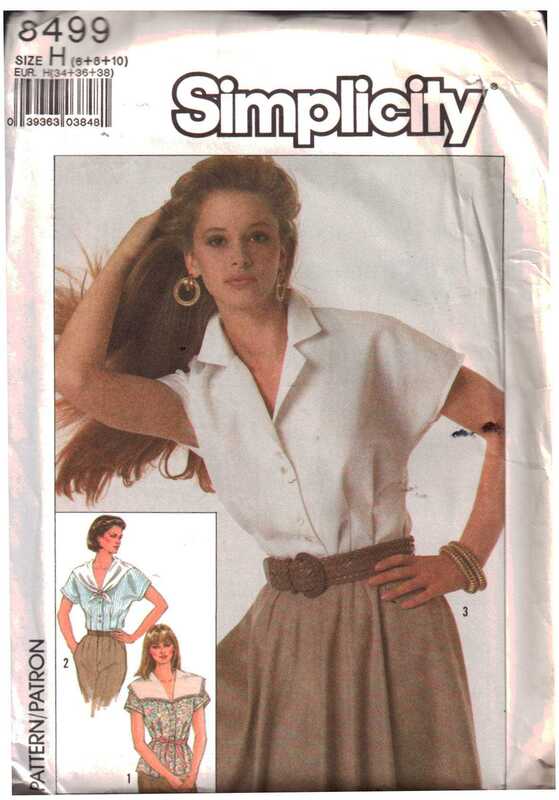
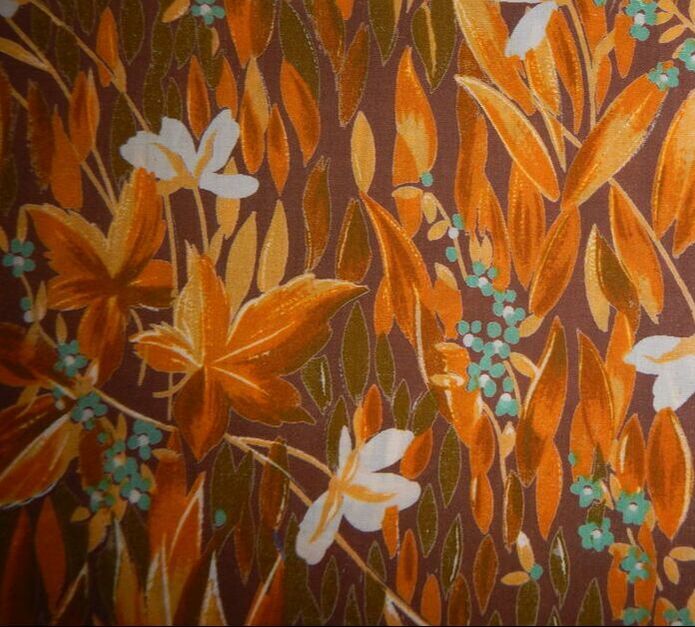
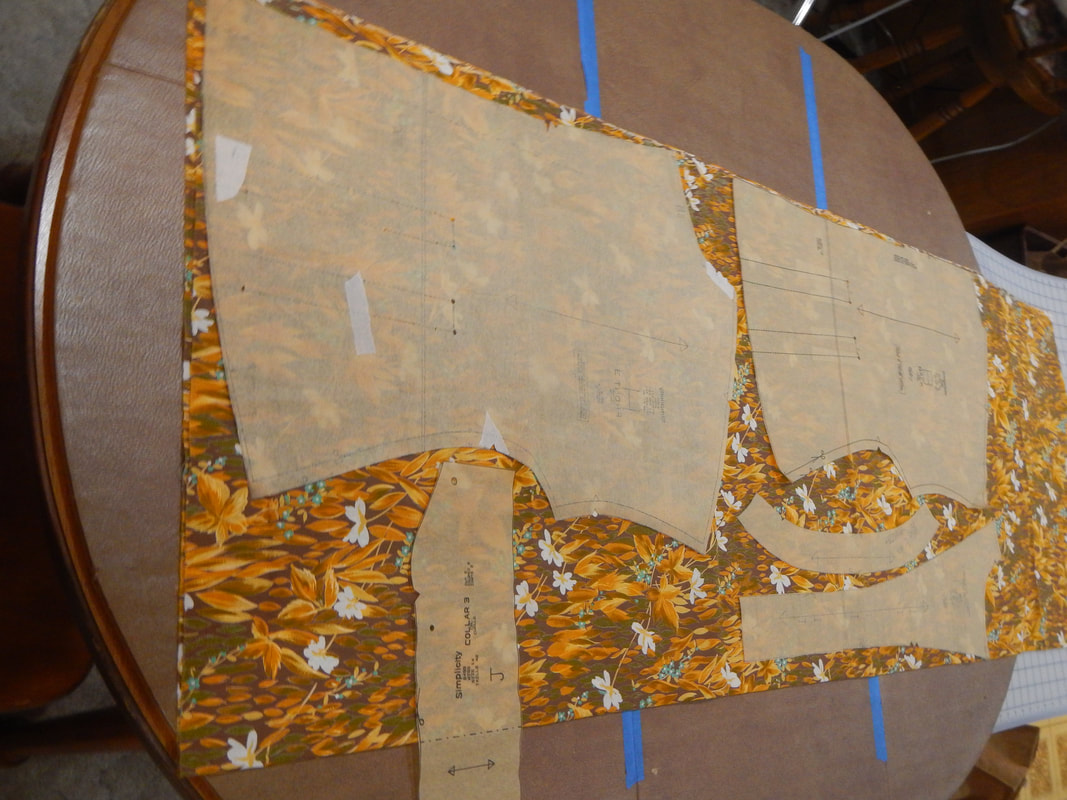
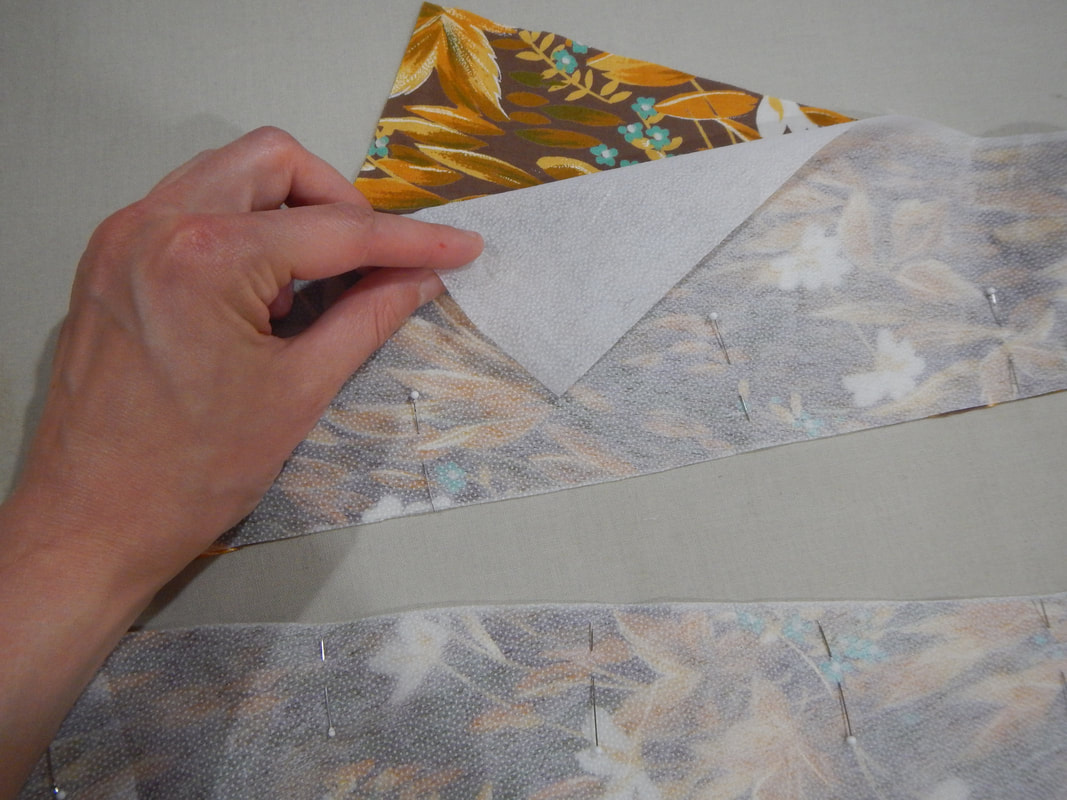
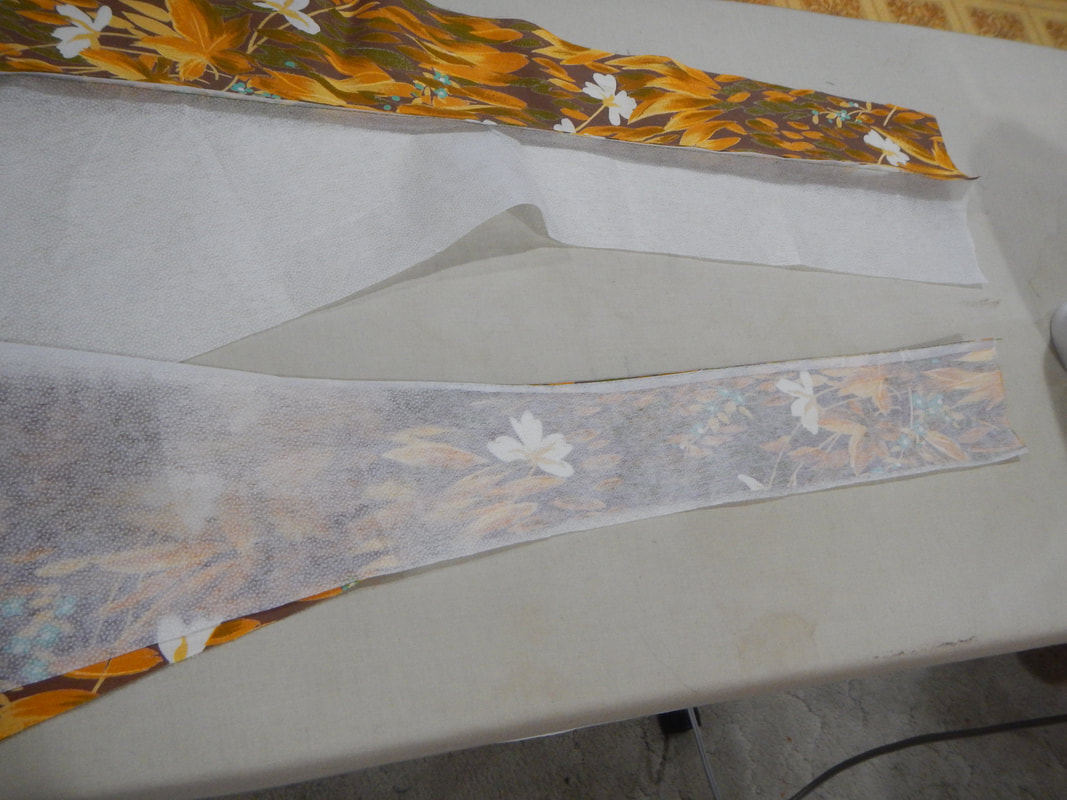
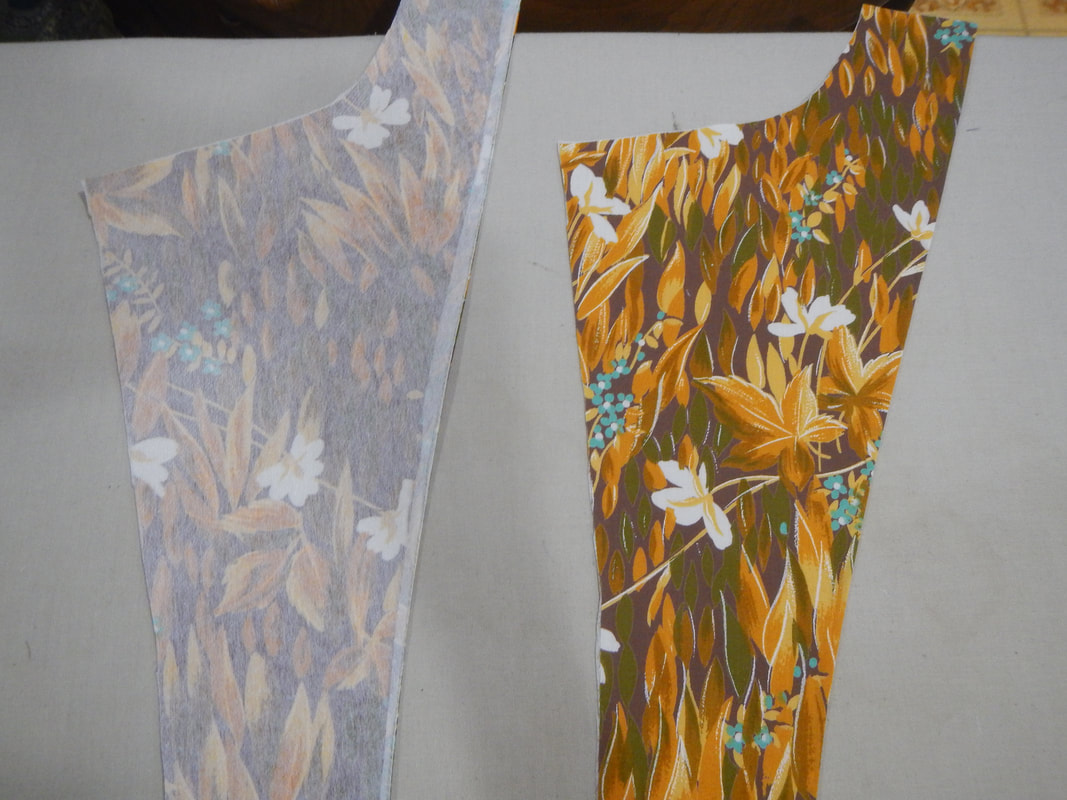
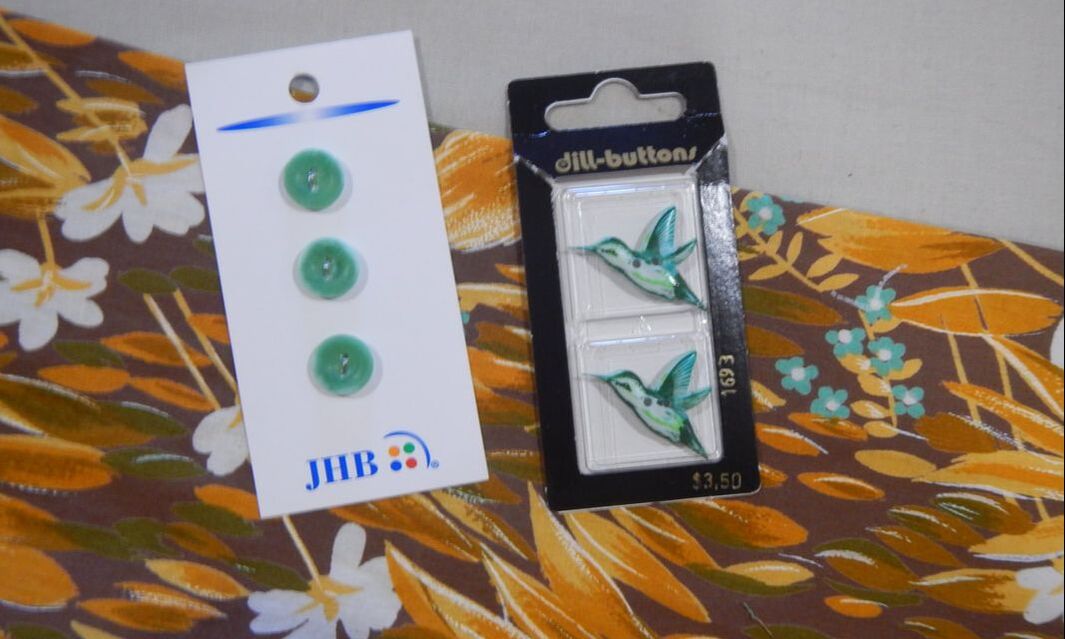
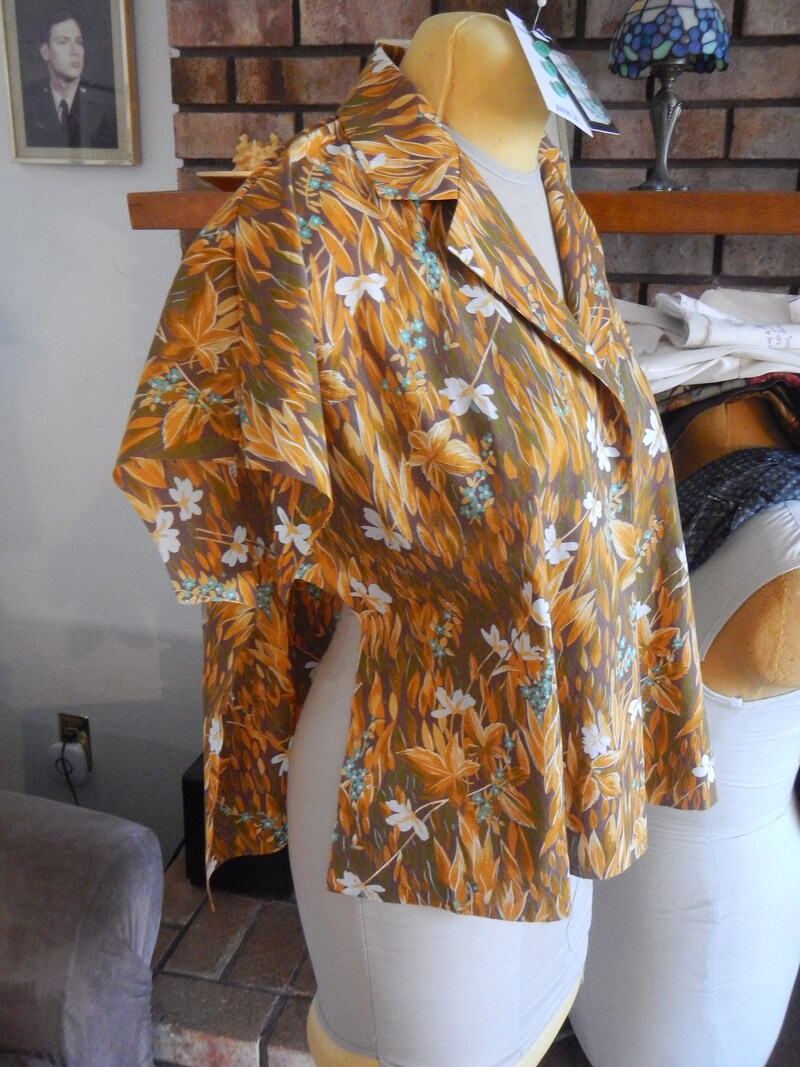
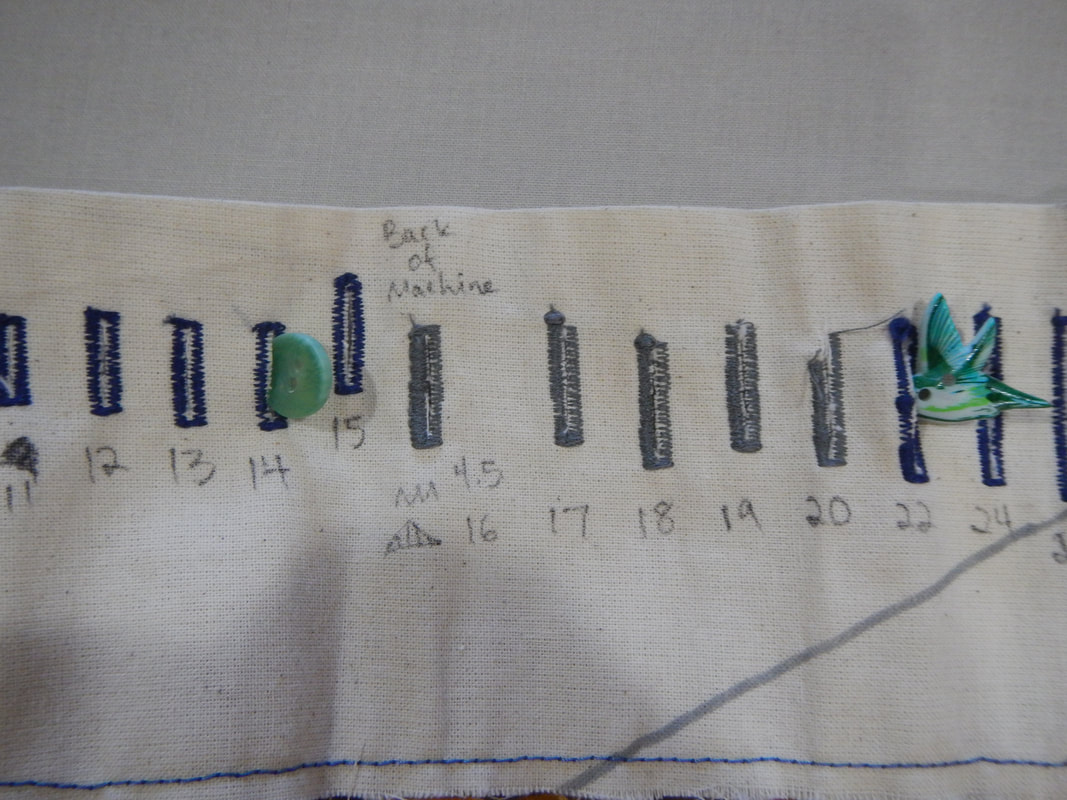
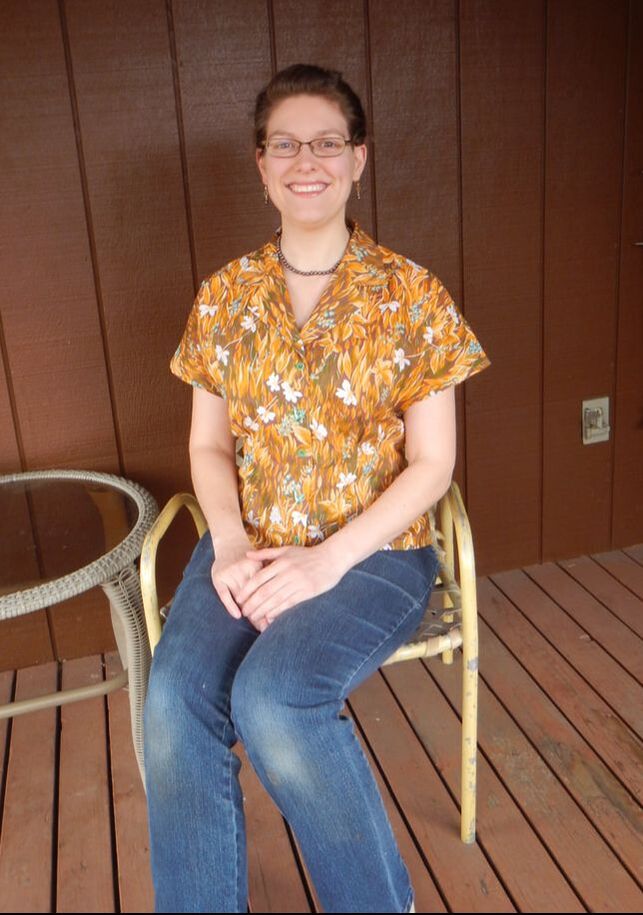
 RSS Feed
RSS Feed